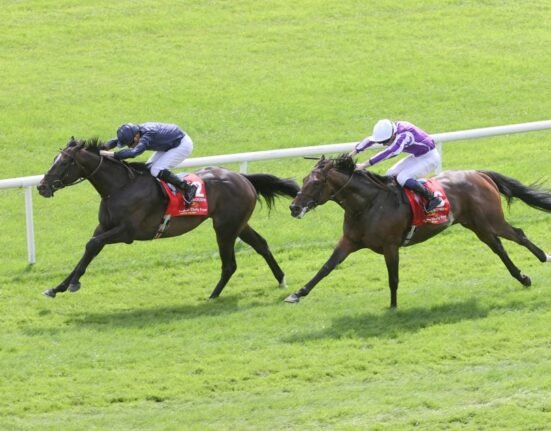Despite soaring gold prices, customers are still buying gold, especially during the festive and wedding season. On Gudi Padwa there was a high demand for ‘Vedni’ (a high-purity gold ring (23.5k-24k) used for smart investment and gold accumulation) and light wedding jewellery. Customers see it as a long term investment, believing prices could still go higher.
Abhay Gadgil, founder of PNG Exclusive, said, “Customers prefer ready gold. They also prefer more diamonds, as the cost is lower. In gold jewellery, they opt for lightweight pieces, which are in demand despite high rates. Gold is an investment and a long-term saving option that provides returns. On the occasion of Gudi Padwa, there was a huge demand for necklaces.
“For the past month, gold prices have increased to Rs 72,000– Rs 80,000– Rs 90,000. Secondly, the wedding season is here as April and May are peak months for weddings. Despite rising prices, purchasing has not stopped. However, customer mentality has changed; with prices increasing daily, many are waiting for a dip, as they see delaying their purchase as a way to avoid loss,” said Atul Ashtekar, Partner-Krishna Rajaram Ashtekar (KRA) jewellers.
Speaking about gold demand during festivals, Ashtekar added, “On festive occasions, even with high prices, customers continue buying gold, knowing that prices are unlikely to drop significantly. On Gudi Padwa, the demand for ‘Vedni’ exceeded our expectations, followed by strong demand for wedding jewelry. Items like chains and small earrings also saw good sales.”
“Compared to last year, sales have increased by 30–40 per cent. While there were fewer investors last year, this year, their numbers have grown,” he adds.
Dilip Sonigara, owner of Dilip Sonigara Jewellers said, “In the future, there is a high chance of gold prices increasing to Rs 1 lakh. Therefore, both investors and customers are buying more gold. Around 20 per cent of the sales were ‘Vedni’, while the remaining 80 per cent consisted of other jewellery. Compared to last year, I experienced 5–6 per cent fewer customers.”








